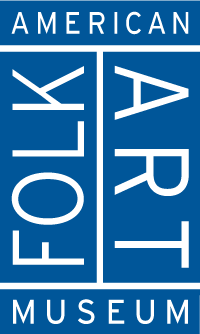Record Details
Centaur Weathervane
This magnificent centaur is from the barn of the Abel Colburn farm in Hollis, New Hampshire, which was built in 1854. In addition to its fine condition, it is particularly notable for the geometric pattern on its gilded surface, created by the weathering of squares of gold leaf. Several other centaur weathervanes have survived, suggesting that the subject was fairly popular in the second half of the nineteenth century. An example by the same maker is in the collection of the Shelburne Museum in Shelburne, Vermont.
Half man and half horse, the mythological centaur personifies man's dual nature. Embodying the conflict between instinct and intellect, he epitomizes masculine strength and aggression while at the same time he possesses divine wisdom and knowledge. In ancient Greece, the most celebrated centaur was Chiron, a great and wise teacher who had himself been instructed by Apollo and Artemis. As a constellation and the ninth sign of the zodiac, he is Sagittarius.
Ralph Sessions, "Centaur Weathervane," in Stacy C. Hollander, American Radiance: The Ralph Esmerian Gift to the American Folk Art Museum (New York: Harry N. Abrams in association with American Folk Art Museum, 2001), 537–538.
Object information is a work in progress and may be updated with new research. Records are reviewed and revised, and the American Folk Art Museum welcomes additional information.
To help improve this record, please email photoservices@folkartmuseum.org













